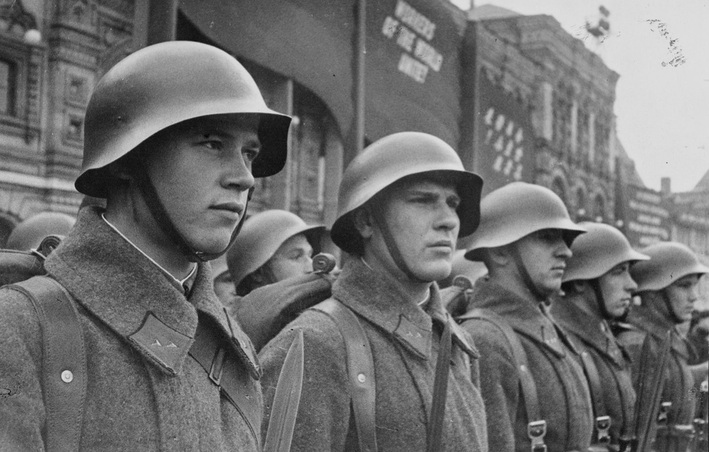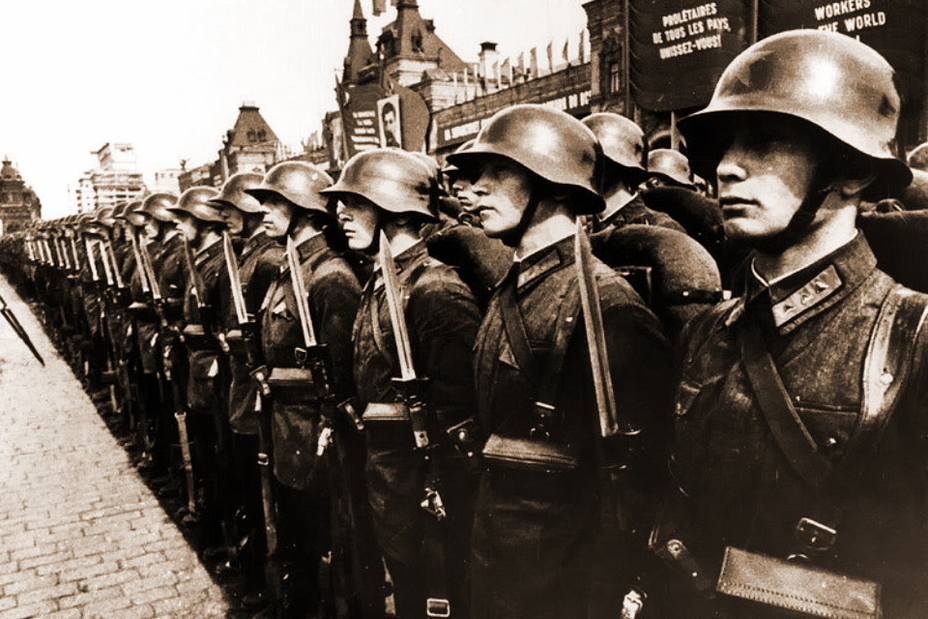@Historyman 14 @Allochronian --- here you go!
Reputations of Pre-Secession (Pre-POD) Individuals: Generals of the Seven Years War
^^^ James Wolfe --- Compared to his contemporaries, he came from a relatively humble background, unlike others of his rank that were drawn from the nobility of England. One of two sons of General Edward Wolfe, he joined his father's marine regiment and age 13. As a lieutenant by the time of the War of the Austrian Succession of 1740-1748, he saw heavy action in Flanders against the French. Recalled the England, Wolfe would also go on to fight in the Jacobite Rising of 1745, helping to put down the rebels in Scotland. Coming to the attention of his superiors Wolfe rose through the ranks. The Seven Years War of 1756-1763 provided a new opportunity for him as William Pitt promoted him to second-in-command to head up the Siege of Louisbourg in 1757, which he took. By 1759 he would lead the force that would eventually take Quebec City and defeat the Marquis de Montcalm on the Plains of Abraham, where he would die of his wounds at age 32.
Union --- Previously a relatively unknown historical individual to the average American, with US scholars generally overlooking him in favor of events in the more relevant American Revolution, the aftermath of the Great War of 1914-1917 soon put James Wolfe's legacy into the spotlight, which US authorities soon identified as a potential point of contention and friction if ignored. US generals and politicians were confronted with the task of both subduing Canada and ensuring Quebec's independence through a close alliance. As a hero to the Canadians and British, the man that led the way to conquering Quebec and by extension Canada, efforts were made by the US to remove monuments dedicated to him in an effort to strengthen Quebecois ties. This heavy-handed endeavor was popularly known as "De-Wolfeization" by the Americans, something that many Canadians openly and violently opposed, but was met with open praised by the Quebecois. Ultimately, Wolfe's legacy was most relevant to the US in terms of what he meant as a symbol of British and Canadian pride in a newly independent Quebec, where many monuments to him were raised. Removing him would strengthen ties with Quebec in an ever turbulent game of diplomacy and politics.
Confederacy --- James Wolfe is largely an unknown or irrelevant figure to many Confederates. Southern scholars that study him however tend to view him in a very fair and balanced manner, studying his exploits, career, and victories in Canada.
Great Britain and Canada --- James Wolfe achieved lasting fame in Great Britain and in Canada. His near legendary status as the "Conqueror of Canada" and the "Hero of Quebec", combined with his dramatic death on the battlefield in one of Great Britain's most critical campaigns of the Seven Years War, ensured that his memory would live on. Before London's annihilation by atomic weaponry in 1944 an exquisite monument was dedicated to James Wolfe at Westminster Abbey and in Canada more monuments were erected in his honor in Quebec City. During EWII, with Winston Churchill's approval, arms and SOE operators were sent to Canada to instigate an uprising against US forces. To the Canadian fighters that graciously accepted these agents and supplies they were popularly known as "Wolfe Agents" and the resistance groups these men helped form were dubbed "Wolfe Packs".
-----
^^^
Louis-Joseph, Marquis de Montcalm --- Born as the son of a noble, Montcalm was a veteran of many battles and saw extensive service under the French royal banner. He fought in the War of the Polish Succession from 1733-1735 as a captain against the Austrians along Rhine River and became an aide-de-camp to the Marquis de la Fare in the War of the Austrian Succession from 1740-1748, fighting the Austrians in Bohemia and in Italy, where he received numerous saber wounds while rallying his troops. By the time of the Seven Years War of 1756-1763, King Louis XV had appointed him commander-in-chief of all French forces in Canada. Although he achieved notable early victories in Canada that put the British on the back-foot, his antagonistic relationship with the French governor-general of Canada, the Marquis de Vaudreuil, would prove to be a major problem to the overall strategy of defending Canada. Despite his successes, efforts by James Wolfe to turn the tide in Canada would come to a head at the Battle of the Plains of Abraham, where Quebec lay under siege. Montcalm was shot in the back by a musket ball, dying of his wounds only a day after British commander James Wolfe died. He was 47.
Union --- Like James Wolfe, Montcalm was a largely unknown and irrelevant historical figure to many Americans. Most scholars pre-secession however tended to view him in a balanced and nuanced way, the same as James Wolfe. It wasn't until the aftermath of the War of the Secession and Second Mexican War that Montcalm's memory in North America began to change dramatically, with revaunchist Remembrance scholars attempting to bash anything French. Indeed Montcalm's legacy has run the proverbial gauntlet in North American since and only began to grow more complicated with the end of the Great War in 1917. With Quebec's independence the US was highly concerned about the Quebecois government seeking to cultivate its French roots. It treaded a very delicate balance of both fostering good relations and controlling any overtures for closer ties with France. As a result US authorities in Quebec found themselves entangled in the country's search for a uniquely "Quebecois" identity, and Montcalm's connection to Quebec's history was inevitably put into the spot light again. As a result of "De-Wolfeization" in Quebec, simultaneous efforts were made to uplift Montcalm into a "Quebecois hero". Monuments once dedicated to James Wolfe were now being replaced with ones dedicated to Montcalm and other Quebecois heroes, all in an effort to foster good relations between the US and Quebec. As a result of these efforts Americans are more aware of Montcalm, but view him in a nuanced, cautious way.
Confederacy --- Montcalm, like James Wolfe, is largely irrelevant and unknown to many Confederates. Like James Wolfe, Confederate scholars tend to view him in a more nuanced way, studying his exploits, victories, and eventual defeat in Canada.
Quebec --- As a result of government's search for a uniquely "Quebecois identity" after independence, there was a flurry of research and interest directed toward Montcalm's legacy. Unlike other Quebecois heroes Montcalm was born a French noble during Bourbon rule, a man that for the most part fought in France's many dynastic wars across Europe. There was much discussion about how to view Montcalm in a newly independent Quebec, especially with the United States as a neighbor --- a neighbor with a noted history of disliking anything directly linked with France. Ultimately a sense of nationalism won out and so the Quebecois supported and even lead efforts to remove monuments dedicated to James Wolfe, so as to be replaced with ones by Montcalm, arguably a figure that did fight for Quebec's "freedom" and "independence" from a colonial power like Great Britain, which the Quebecois had no love for. Despite favorable views and easy recognition as a man that fought for Quebec, enthusiasm was tempered for political purposes related to the United States. Montcalm's legacy lives on within the Quebecois Army --- imported light tanks from the US were renamed "Montcalm" in the general's honor and were often used as infantry support vehicles against Canadian "Wolfe Pack" guerrillas.













/arc-anglerfish-arc2-prod-mco.s3.amazonaws.com/public/TKC4J674TREPLD4RAMKD46T2QI.jpg)
